Why parcelLab?
Discover why parcelLab is the go-to post-purchase partner for top retailers across the globe
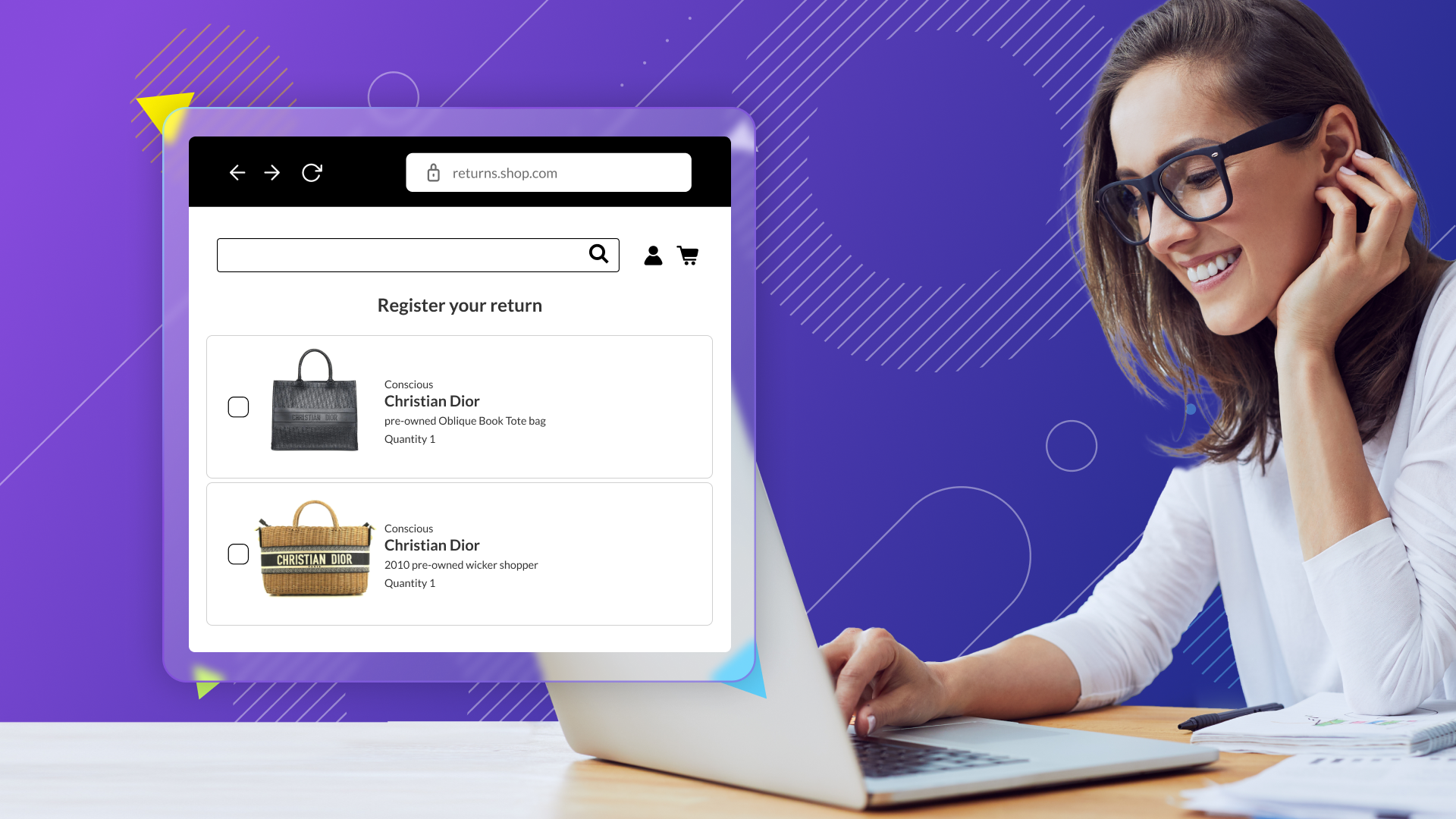
While every retailer would love to focus on the holiday peak season, they can’t avoid preparing for peak returns. According to a Forrester report, two-thirds of US online adults have returned an item in the past six months, not even accounting for the influx of returns seen after the holidays. The highest returns occurred in the fashion, groceries, and beauty and cosmetics industries.
It is no surprise that the fashion sector leads the way in returns, and that rings even more true during the holidays. It can be due to several factors. Grandma buys a sweater that isn’t your style, or a baby outgrew the size bought for them. Either way, consumers make the trip to the store or go to the brand’s website to return their gifts.
Peak season is quickly approaching. Let’s dive into some best practices that help recover revenue that would otherwise be lost to returns.
It may seem like common sense, but when a customer is trying to return something they bought online, they are actively engaging with your brand. If you lack information about the customer’s order or are leaving returns communications up to third parties, like carriers, you are missing meaningful touchpoints with your customers.
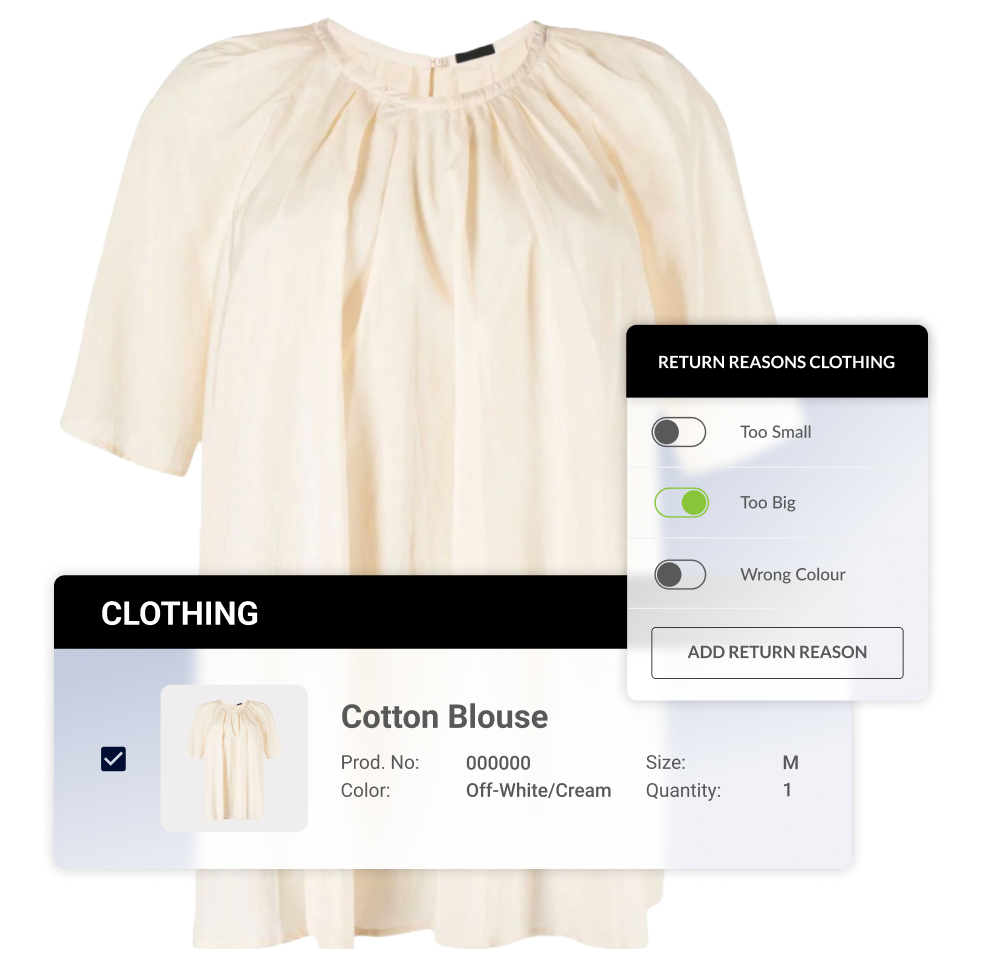
In parcelLab’s Returns Study, 34% of online shoppers said they would accept a voucher if they could get their refund immediately, and overall consumers displayed a willingness and desire for retailers to create more reconversion options. To reduce the cost of returns, look at your online returns process and ask yourself these questions:
Your customer’s returns experience is important and can make or break whether they choose to make another purchase with you. By providing them with alternative online options, customers are more willing to make exchanges or other purchases with your store rather than heading to a competitor because your experience was not up to par.
Like the post-purchase process, your brand should be actively communicating with your customer as their return is being sent back. From confirming their return to when it is received at the warehouse and as the refund is processed, retailers should be keeping the customer up to date so they will not be wondering WISMR. In addition to decreasing WISMR, these communication touchpoints can be used to promote sales, popular items, or coupons to persuade the customer to make a different purchase.
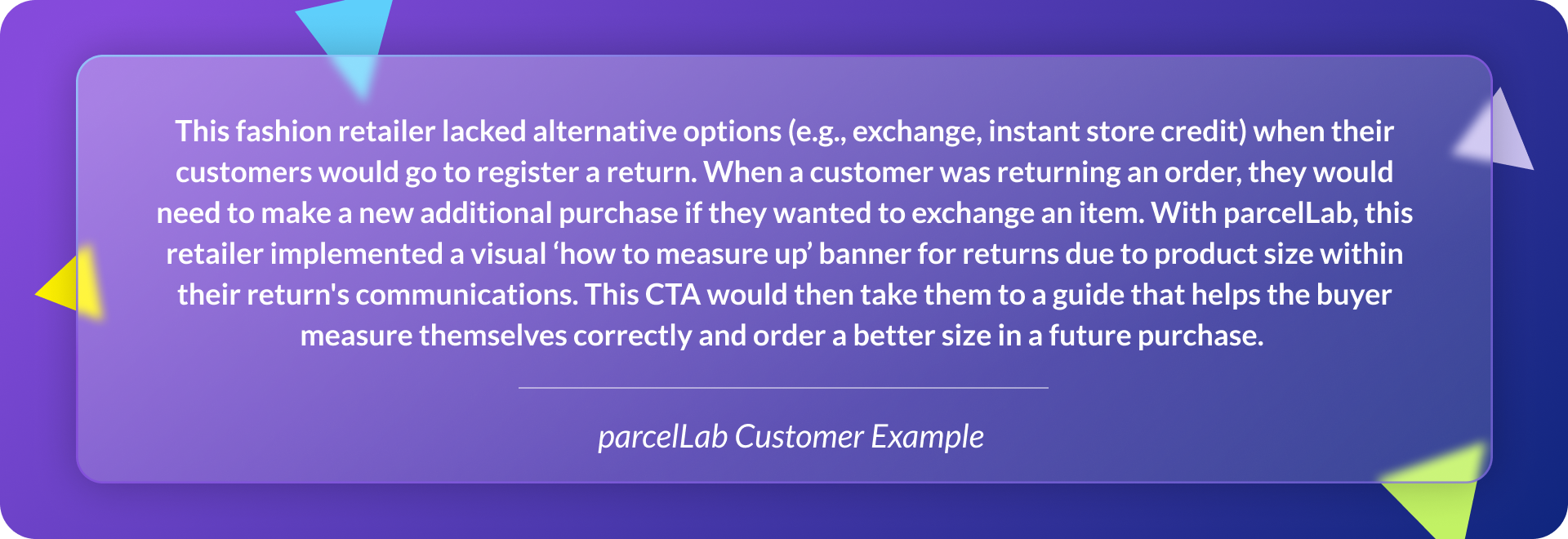
Every year, retailers should review your returns process and compare it to industry standards. According to Forrester, 63% of US online adults say that they buy more frequently from companies that have an easy return process. If your brand has a complex, manual process then you could deter customers from making purchases.
Returns are a key area that exposes the manual, cost-prohibitive operations process, creating a confusing customer experience and impacting the cost of returns. If you are requiring consumers to share documents, create multiple labels, or manually figure out complex split returns, it is time to reevaluate this process.
Understandably, a complex process cannot be made simple overnight. It can be improved through leveraging returns management software with intuitive digital processes.
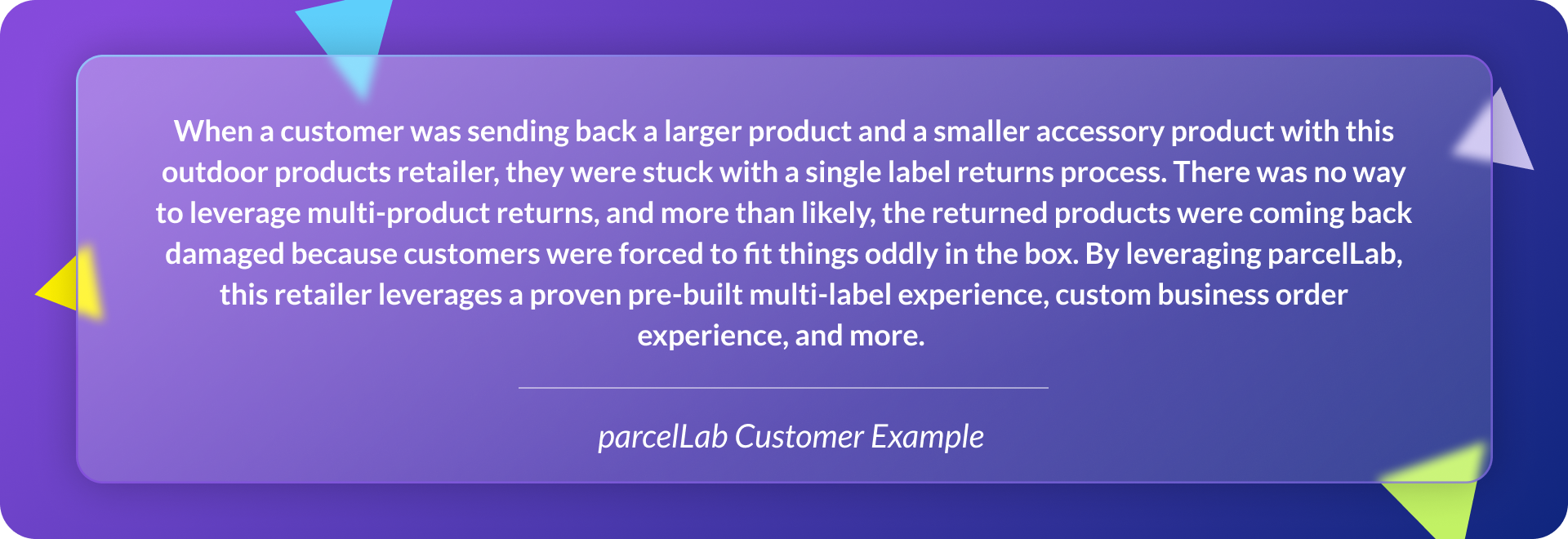
As a retailer, you may have sophisticated segmentation fields that are underutilized in the post-purchase experience. To improve your customer experience for returns, there are four ways your brand could be segmenting data:
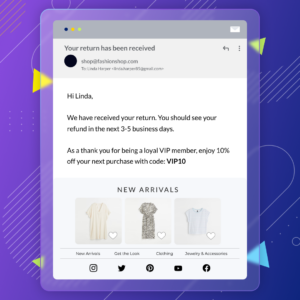
Every part of the post-purchase experience should be personalized, and that includes returns. As your brand looks to incorporate more personalization within the returns process, it is important to understand that these experiences demand clearly defined eligibility based on customer status. This way, you can enable different refund methods. like instant credit or returns communications for different customers.
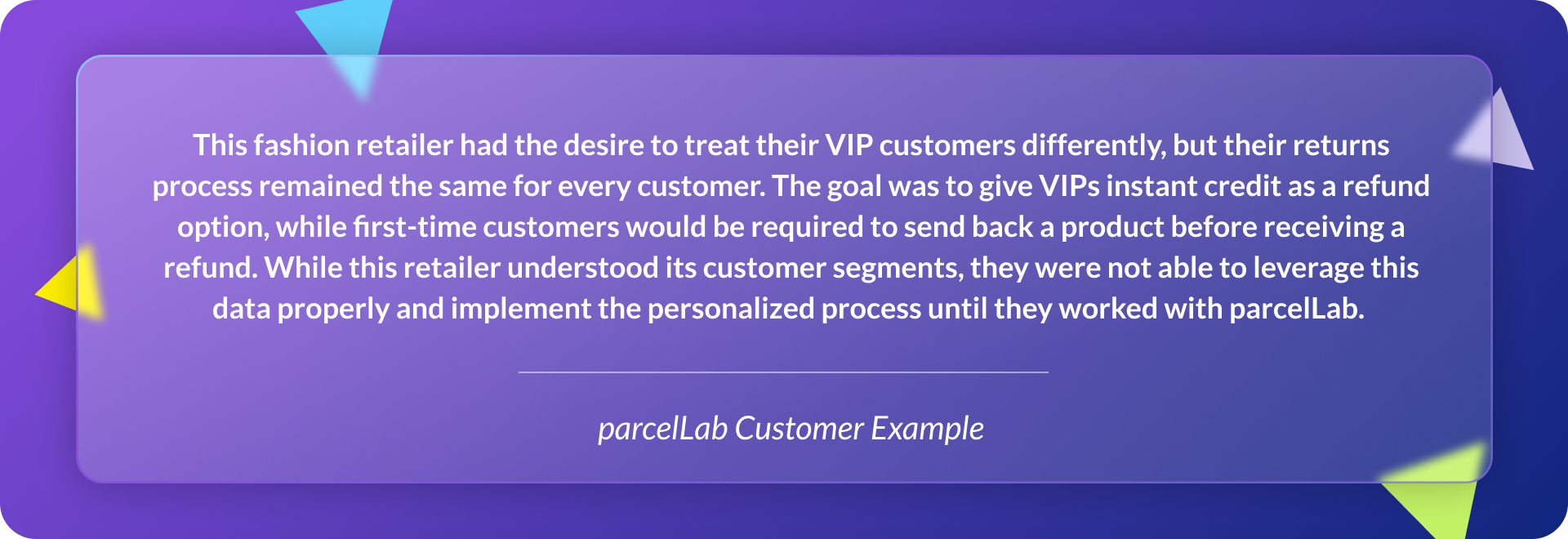
One of the biggest frustrations for consumers returning online orders is having to contact customer support. parcelLab has found that, especially when consumers register their returns at a carrier store, customer service agents remain poorly informed or under-informed to support consumers on the status of their return. In some cases, retailers lose visibility depending on the carrier that is shipping it back.
It is important to have integrated customer service workflows throughout your post-purchase and returns process. Customer service agents should be able to easily find a customer’s return and provide the status of it without needing to put the customer on hold. WISMR inquiries are costly and to decrease the cost of returns during peak season, it is necessary to provide agents with an effortless way to access this information.
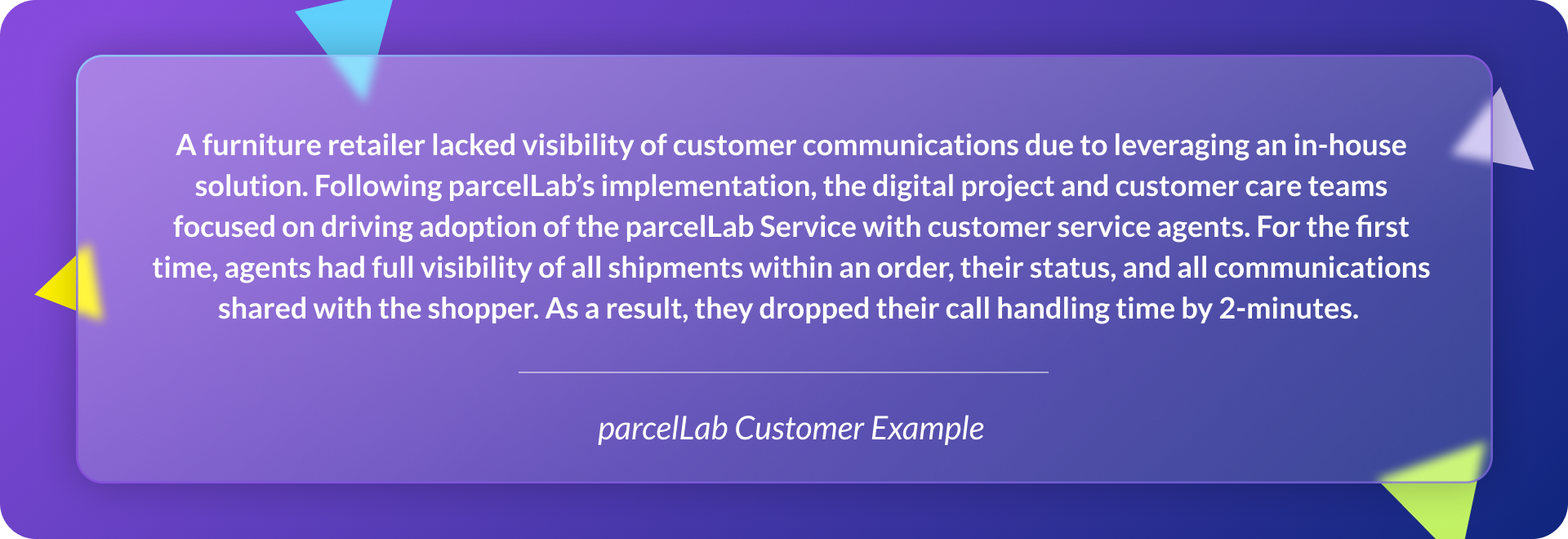
Give your customers the personalized and easy returns experience they deserve while also recovering revenue and decreasing costs. With parcelLab Retain, your brand can experience 5% fewer returns, three times more repeat purchases, and more.
Learn more about how we can help transform your returns, warranty, and exchange process today. Book a demo.